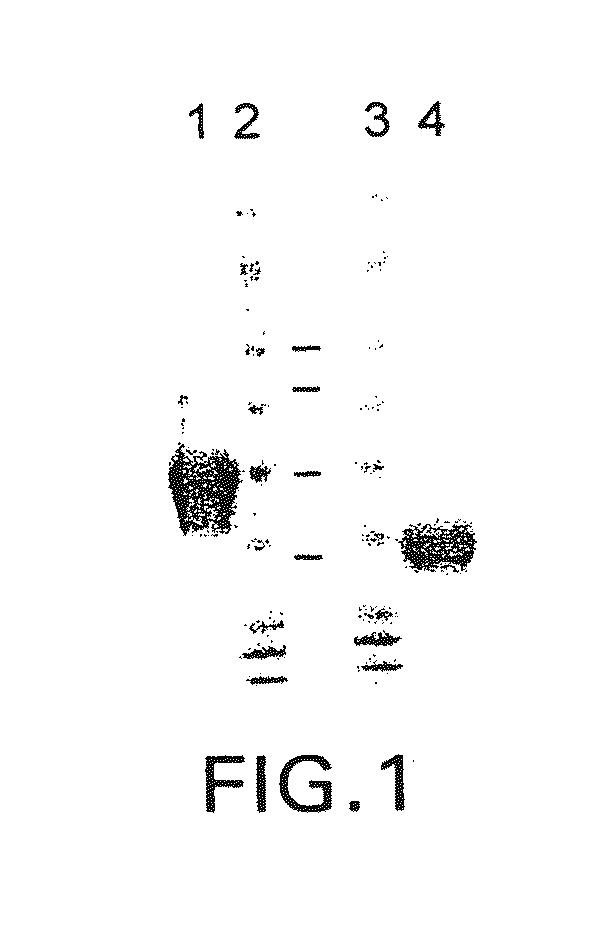Identification and Engineering of Antibodies with Variant Fc Regions and Methods of Using Same
a technology of variant fc region and antibody, applied in the field of molecules, can solve the problems of increasing destruction, affecting the effect of antibody effector function, and presenting serious side effects so as to enhance the effect of phagocytosis and/or opsonization of infectious agents, enhancing antibody effector function, and enhancing the efficacy of infectious disease treatmen
- Summary
- Abstract
- Description
- Claims
- Application Information
AI Technical Summary
Benefits of technology
Problems solved by technology
Method used
Image
Examples
Embodiment Construction
[0181]The present invention relates to molecules, preferably polypeptides, and more preferably immunoglobulins (e.g., antibodies), comprising a variant Fc region, having one or more amino acid modifications (e.g., substitutions, but also including insertions or deletions) in one or more regions, which modifications alter, e.g., increase or decrease, the affinity of the variant Fc region for an FcγR. In some embodiments, the invention provides molecules comprising a variant Fc region, wherein said variant Fc region comprises at least one amino acid modification relative to a wild-type Fc region, which variant Fc region binds FcγRIIIA with a greater affinity, relative to a comparable molecule, i.e., being the same as said molecule with a variant Fc region but not having the one or more amino acid modifications, comprising the wild-type Fc region as determined by methods known to one skilled in the art for determining Fc-FcγR interactions and methods disclosed herein, for example, an E...
PUM
 Login to View More
Login to View More Abstract
Description
Claims
Application Information
 Login to View More
Login to View More - R&D
- Intellectual Property
- Life Sciences
- Materials
- Tech Scout
- Unparalleled Data Quality
- Higher Quality Content
- 60% Fewer Hallucinations
Browse by: Latest US Patents, China's latest patents, Technical Efficacy Thesaurus, Application Domain, Technology Topic, Popular Technical Reports.
© 2025 PatSnap. All rights reserved.Legal|Privacy policy|Modern Slavery Act Transparency Statement|Sitemap|About US| Contact US: help@patsnap.com



